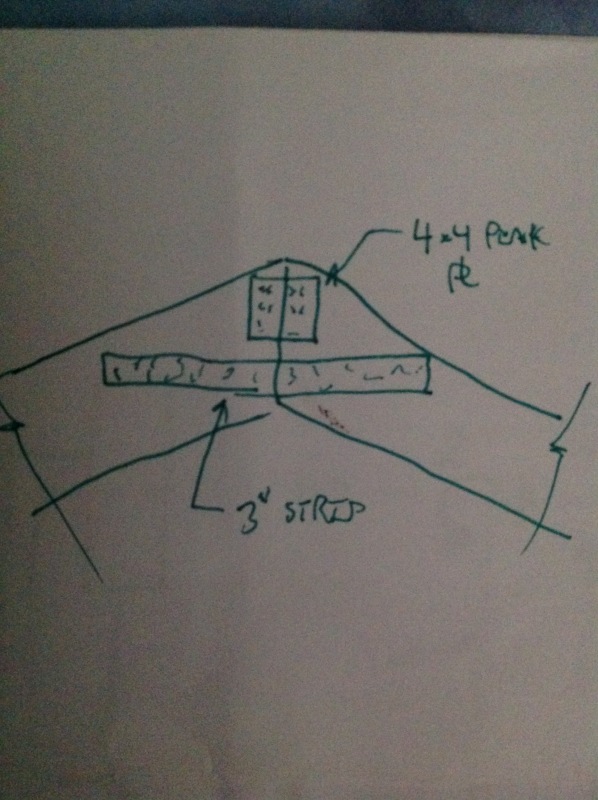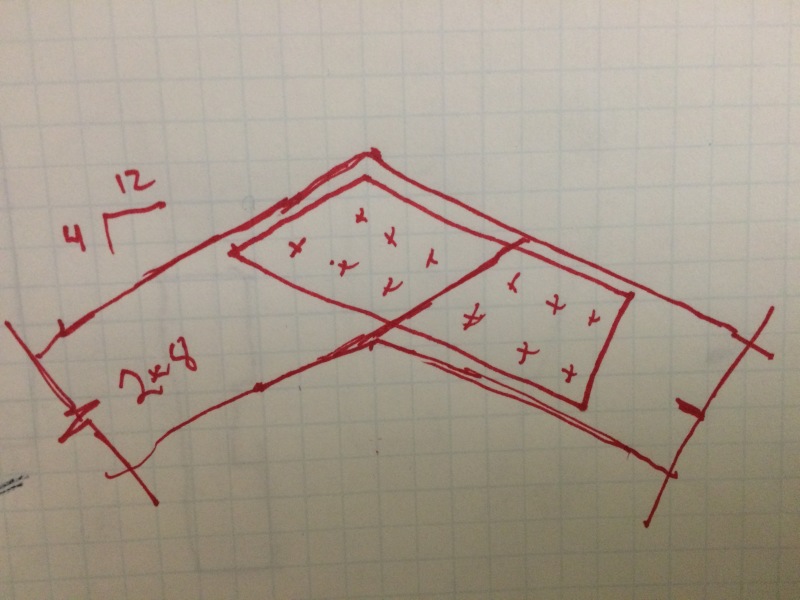Oh sure, I take one day off to write the PE and I miss out on my own personal summons. I'll mostly be reiterating other statements but here we go:
- I've never once seen this proposed in a real structural application. Back in my day, there wasn't a TPI method, nor a software option, for designing plated moment connections. Perhaps that has changed.
- All of the software packages that I used in the nineties had magic key combinations that you could use to hide the error messages in a bogus design. This may be that.
- In the plant, we used to make all kinds of pseudo structural stuff that involved non-designed, plated moment connections. It seemed to work quite well. One example in particular was a shelf system for plate storage that had 2x cantilevered out from such a joint.
- Used like this, the creep associated with each plate tooth will contribute to deflection in a manner much more severe than you'd get with a normal, axial only, truss connection. I'd like to know that was considered in the design. That said, my gut feel us that this would actually out perform your gusset plate solution with respect to stiffness. We never really saw any sag in those shelves that I mentioned.
- Rationally, one could simply count on only the lower third of the plate as a stand alone, tension only connector and prosecute the design on that basis using accepted TPI design principles. I doubt tthat the fabricator did that but Mitek could. The plate probably buckles at the top by the numbers anyhow. And, the rafters being as shallow as they are, the tension connection would be mostly parallel to grain anyhow which is helpful.
- Obviously, none of us wants to discourage innovation and economy. Because this is an unconventional application, I would ask for detailed calculation output on the joint and truss and ask that the design be revised and stamped by a Mitek rep. Mitek for two reasons. Firstly, like SLTA mentioned, they know their stuff. Secondly, they're a lot more liability cocious than the fabricators. 50/50 odds they veto it I bet.
I like to debate structural engineering theory -- a lot. If I challenge you on something, know that I'm doing so because I respect your opinion enough to either change it or adopt it.


![[bigsmile] [bigsmile] [bigsmile]](/data/assets/smilies/bigsmile.gif) Thanks for the input. I honestly did not spend much time optimizing the detail as the fee was really low on this one.
Thanks for the input. I honestly did not spend much time optimizing the detail as the fee was really low on this one.